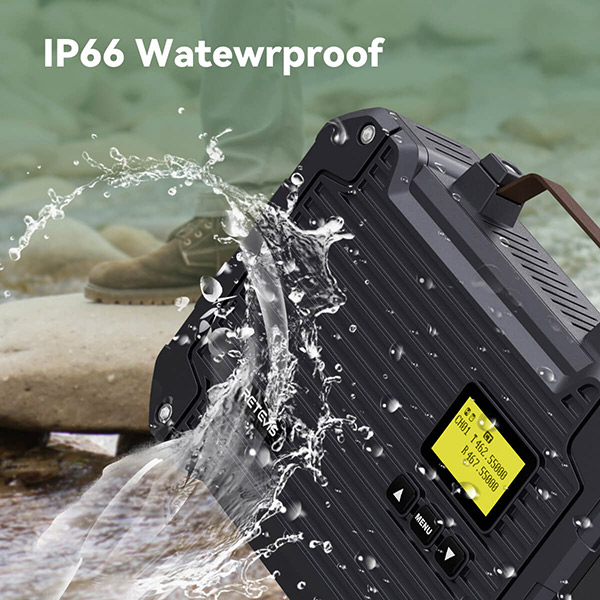GMRS Repeater vs. Other Communication Systems: Which Is Right for You?

GMRS Repeater vs. Other Communication Systems: Which Is Right for You?
When building a reliable communication network, choosing the right technology can be overwhelming. GMRS repeaters like the RT97L with IP66 waterproof rating offer unique advantages compared to other systems. This comprehensive guide compares GMRS repeaters with cellular networks, CB radios, FRS radios, and satellite communicators to help you make an informed decision for your specific needs.
Understanding Your Communication Options
1. GMRS Repeaters (RT97L)
Best for: Extended-range group communication, emergency preparedness, rural properties
Key Features:
-
25-watt power output (RT97L model)
-
IP66 waterproof for all-weather reliability
-
20+ mile range with proper antenna setup
-
License required (but covers entire family)
-
Group communication capability
-
Cost-effective infrastructure

- Retevis RT97L GMRS Repeater
2. Cellular Networks
Best for: Urban areas with good coverage, everyday communication
Limitations:
-
Dependent on tower infrastructure
-
Useless during power outages
-
Monthly service fees
-
Limited coverage in remote areas
3. CB Radios
Best for: Truckers, short-range local communication
Why the RT97L GMRS Repeater Stands Out
Performance Advantages
- Superior range compared to CB/FRS
Group communication unlike satellite devices
Independent infrastructure unlike cellular
IP66 waterproof for permanent outdoor installation
Cost-effective long-term solution
Practical Applications
-
Family emergency networks during power outages
-
Rural property communication where cell service is spotty
-
Outdoor group adventures in remote areas
-
Neighborhood watch programs requiring reliable contact
Choose GMRS If You Need:
- Reliable communication when cellular networks fail
Group coordination capabilities
Extended range without monthly fees
All-weather durability (IP66 rating)
Cost-effective infrastructure
Consider Other Options If:
-
You only need urban communication (cellular)
-
You're a solo traveler needing global coverage (satellite)
-
You require very short-range communication (FRS)
RT97L Setup Recommendations
For optimal GMRS repeater performance:
-
Elevate your antenna for maximum coverage
-
Use quality coax cable to minimize signal loss
-
Secure power backup (solar/battery)
-
Test your system regularly
-
Train all users on proper operation
Conclusion
While each communication system has its place, GMRS repeaters like the IP66 waterproof RT97L offer the best balance of range, reliability, and cost-effectiveness for group communication needs. Particularly valuable for emergency preparedness, rural living, and outdoor adventures, these systems provide peace of mind when other networks fail.






